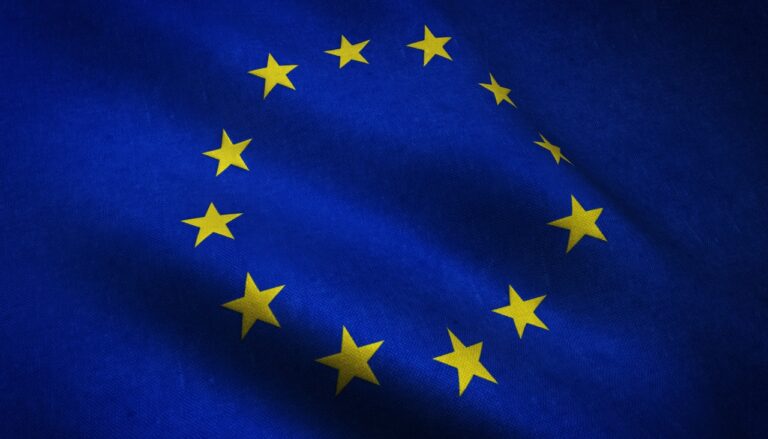Europe

Europe
Europe, a continent rich in history, culture, and diversity, is located in the northern hemisphere and is bordered by the Atlantic Ocean to the west, Asia to the east, the Mediterranean Sea to the south, and the Arctic Ocean to the north. It encompasses a wide variety of countries, each with its own distinct heritage and traditions, from the artistic legacy of Italy and the architectural splendor of France to the technological advancements of Germany and the scenic beauty of Scandinavia. Europe has been the cradle of many ancient civilizations, including the Greeks and Romans, and has played a pivotal role in shaping world history through events such as the Renaissance, the Industrial Revolution, and the two World Wars. Today, Europe is known for its political and economic integration through the European Union (EU), which promotes cooperation and free movement among its member states. Major cities like London, Paris, Berlin, and Rome are global centers of culture, finance, and innovation. Europe boasts a diverse climate, ranging from the Mediterranean warmth of southern countries to the temperate and colder climates of the north. With a strong emphasis on human rights, education, and healthcare, Europe continues to be a leader in global development and cultural enrichment.
- Location: Northern Hemisphere, bordered by the Atlantic Ocean to the west, Asia to the east, the Mediterranean Sea to the south, and the Arctic Ocean to the north.
- Major Regions: Western Europe, Eastern Europe, Northern Europe, Southern Europe, Central Europe.
- Major Cities: London, Paris, Berlin, Rome, Madrid.
- Area: Approximately 10.18 million square kilometers.
- Climate: Varied; Mediterranean in the south, temperate in the west, continental in the east, polar in the north.
- History: Cradle of ancient civilizations like Greece and Rome, major events like the Renaissance, Industrial Revolution, and World Wars.
- Political Integration: European Union (EU) promotes economic and political cooperation among member states.
- Economy: Diverse, with strong sectors in technology, manufacturing, finance, and services.
- Currency: Euro (EUR) used by 19 of the 27 EU countries.
- Population: Approximately 747 million.
- Languages: Diverse languages including English, French, German, Spanish, Italian.
- Culture: Rich in arts, philosophy, architecture, and cuisine.
- Tourism: Attractions include the Eiffel Tower, Colosseum, Buckingham Palace, Acropolis, and natural wonders like the Alps and Mediterranean coast.
Universities
Austria
- Total Universities: Approximately 70
- Examples:
- University of Vienna
- Vienna University of Technology
- University of Graz
Belgium
- Total Universities: Approximately 25
- Examples:
- KU Leuven
- Ghent University
- Université Catholique de Louvain
Denmark
- Total Universities: Approximately 8
- Examples:
- University of Copenhagen
- Aarhus University
- Technical University of Denmark
Finland
- Total Universities: Approximately 14
- Examples:
- University of Helsinki
- Aalto University
- University of Turku
France
- Total Universities: Approximately 80 (plus numerous specialized institutions)
- Examples:
- Sorbonne University
- University of Paris (multiple campuses)
- École Polytechnique
Germany
- Total Universities: Approximately 400
- Examples:
- University of Munich (LMU)
- Heidelberg University
- Technical University of Munich
Italy
- Total Universities: Approximately 90
- Examples:
- University of Bologna
- Sapienza University of Rome
- University of Milan
Netherlands
- Total Universities: Approximately 13 research universities (plus universities of applied sciences)
- Examples:
- University of Amsterdam
- Delft University of Technology
- Utrecht University
Norway
- Total Universities: Approximately 9
- Examples:
- University of Oslo
- Norwegian University of Science and Technology (NTNU)
- University of Bergen
Spain
- Total Universities: Approximately 76
- Examples:
- University of Barcelona
- Autonomous University of Madrid
- University of Valencia
Sweden
- Total Universities: Approximately 14
- Examples:
- Lund University
- Uppsala University
- Karolinska Institute
Switzerland
- Total Universities: Approximately 12
- Examples:
- University of Zurich
- ETH Zurich
- University of Geneva
United Kingdom
- Total Universities: Approximately 130
- Examples:
- University of Oxford
- University of Cambridge
- Imperial College London
Other Countries
- Examples:
- University of Warsaw (Poland)
- Charles University (Czech Republic)
- University of Vienna (Austria)
- University of Helsinki (Finland)
- University of Belgrade (Serbia)
- University of Athens (Greece)

